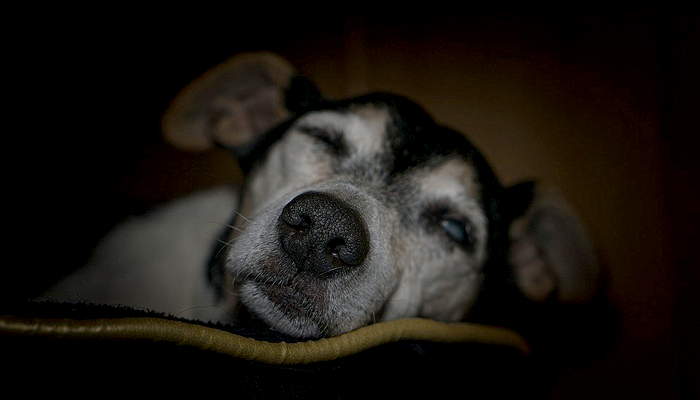This question is understandable when asked by the pet owner – after all, the pet being discussed is a member of the family. The ability to plan for end of life measures gives the pet owner something tangible to hold on to.
However, when veterinarians actually answer this question with a specific answer, neither the pet nor the family are well-served. As veterinarians, we can present statistics and evaluate based on the overall condition of the pet. Statistics cannot quantify will to live, great nutrition, detoxification and other quality of life and life prolonging measures. Numerous times I’ve seen pets that had been given a termination date far surpass that date when detoxification measures, great food, and quality of life measures were added to the therapeutic plan.
What ultimately happens is the family quits trying the closer it gets to the designated expected termination. That doesn’t mean that it isn’t time or doesn’t become time to throw in the towel. What it means is that we shouldn’t give up too easily simply because a veterinarian made an educated guess as to when the pet would die.
In my experience, the more responsible response is to discuss quality-of-life measures; more responsible to both the pet owner and the pet. Previously, when pet owners asked me how long a dog or cat had to live, my answer was “it’s hard to say for sure.” I would go on to tell the pet owner that there was no way to account for will to live and other measures that we could provide through integrative veterinary services.
The next important discussion is to help the pet owner know when the time is right; because ultimately, that is the real question they are asking.
Pet owners want to know when it is the right time to decide that they’re pet is no longer experiencing a good quality of life. For some pet owners, euthanasia is never an option. For some pet owners, when the pet’s quality-of-life is no longer good, it is appropriate to request humane euthanasia. There is no right or wrong in this situation, it’s only what is right for the pet owner.
Quality-of-life is different for each animal – whatever its favorite thing is to do, when the desire is gone, then the quality of life is suffering. For some dogs, eating is a sure sign of good quality of life; for other dogs, eating is NOT the sign of quality of life, going for a car ride is.
Statistics do not replace bedside manner and will to live measures; those are measured on an individual basis.


My lab was diagnosed with melanoma. He had surgery. The vet said he had Good news and Bad news. The good news was that he removed the whole growth. The bad news he said was that at the most he had six months to live. He lived 6 YEARS longer and died of an unrelated cause. Unfortunately the 6 month warning haunted me every day of his life. I never forgot it and made a point years later to let the veterinarian know how devastating giving an end date can be to pet owners.